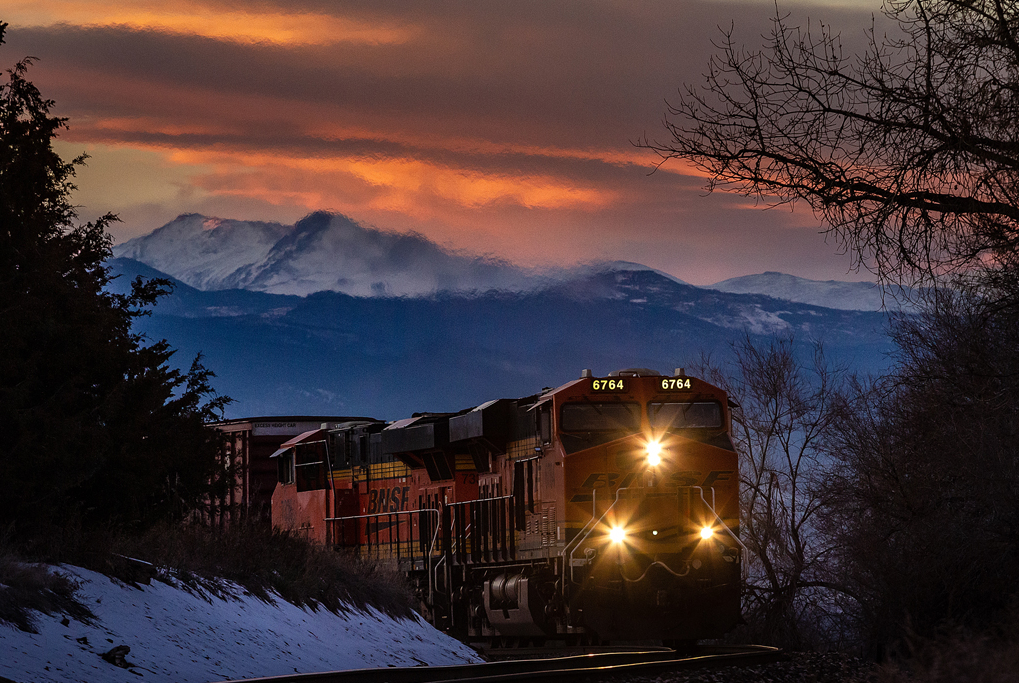
Railroaders Guide to Social Security and Railroad Retirement
Tier 1 Tier 2 RetirementMany railroaders take circuitous routes from high school or college before finally entering the railroad industry. They might have had previous jobs outside of the railroad industry. Others maybe jumped right out of school into the railroad industry only to finish their careers in another profession. Still others might have been going back and forth in the railroad industry to out of the industry. If your professional life hasn't always been in the railroad industry then you need to understand how Social Security and Railroad Retirement work together to affect your retirement income.
A financial interchange between the Railroad Retirement and Social Security programs was established by a provision of the 1951 amendments to the Railroad Retirement Act. The interchange was designed to allow the Social Security Trust Funds to operate as if railroad employees were covered under Social Security rather than their own system. The interchange provided Social Security with the tax revenues that would otherwise be collected directly from railroad workers, while Social Security provided to RRB the funds that would otherwise be paid directly to railroad beneficiaries
Who Qualifies for Both?
For railroaders to qualify for the Railroad Retirement Annuity, you must have at least 10 years (120 months), or 5 years (60 months) of creditable railroad service after 1995. By qualifying, you now are eligible to receive the two parts of the Railroad Retirement annuity. Tier 1 of the annuity is similar in almost every way of Social Security. You also receive Tier 2 benefits which look more like a traditional pension.
For non-railroaders to qualify for Social Security retirement benefits, you have to work at least 10 years (40 credits) in a career where you paid into the Social Security System.
Railroaders with fewer than 10 years of service in positions subject to railroad specific taxes, or fewer than 5 years after 1995, are not vested under the Railroad Retirement program and have their accounts transferred into Social Security.
Congratulations!!! If you meet the Railroad Retirement requirements then you will retire as a railroader no matter what else you do outside the industry. If a retired railroad annuitant is also awarded social security benefits, the Social Security Administration will determine the amount of social security benefit due. The RRB will then issue a monthly benefit payment after the railroad retirement annuity (Tier 1 only) has been reduced by the amount of the social security benefit. You also continue to receive your Tier 2 benefits for your years of railroad service from the RRB.
The Tier 1 portion of a railroader annuity is based on his or her combined railroad retirement and a social security credit, computed under social security formulas, and approximates what social security would pay if railroad work were covered by that system. It is reduced by the amount of any social security benefit paid on the basis of the employee’s non-railroad employment in order to prevent a duplication of benefits based on social security earnings. The system is designed to not allow double dipping of benefits. If a retiree receives payments for social security and the RRB, they must notify the RRB immediately.
Conclusion
I get lots of questions from railroaders who are no longer in the industry or thinking of leaving the industry about losing their Railroad Retirement Annuity. As long as you meet the requirements for time in the railroad industry then you can never lose your Railroad Retirement Annuity. I hope you found this article useful. Hopefully now that you have a better understanding of what you can expect in retirement, feel free to reach out to me to see if you are on track to enjoy your retirement.
Get Your Free Railroad Retirement Assessment
Photo by John Crisanti
Disclaimer: This article is provided for general information and illustration purposes only. Nothing contained in the material constitutes tax advice, a recommendation for purchase or sale of any security, or investment advisory services. Highball Advisors encourages you to consult a financial planner, accountant, and/or legal counsel for advice specific to your situation. Reproduction of this material is prohibited without written permission from Highball Advisors, and all rights are reserved.
